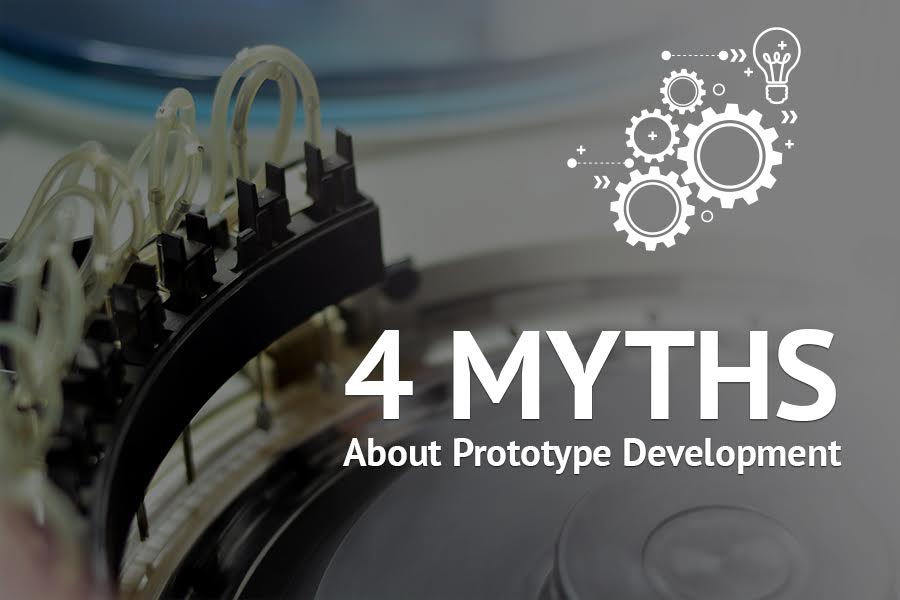4 Myths About Prototype Development
Prototypes are helpful in more than one scenario. They can be used to demonstrate the potential of a product to a new client, aid in the process of refining a product currently in production, and help convince investors that the risk involved with funding a new venture is worth it. While few people would consider prototypes worthless, some do hold misconceptions about them that should be dispelled. Here are four myths that need to be addressed and debunked.

The Development Takes Too Long
One of the more common objections is that developing a prototype takes too long. In fact, it's a rather short amount of time required to create a working scaled model of the prospective product. Thanks to the support provided by CNC technology, it's possible to develop and create a prototype in a fraction of the time it would take to make a single unit of the actual product. The speed is important when there's the need to have something to show potential investors sooner rather than later.
Prototyping is Not Cost-Efficient
Much of the advance work for creating a prototype is done during the product development stage. By the time the business owner is ready to create a model to show investors and others, much of cost has already been managed. The expense related to the creation of the actual prototype is significantly less. It is also lower than creating a single working unit of the actual end product.
One of the reasons for the reduced cost is the prototype parts. It's possible to use less expensive materials for a working model. After all, the model only has to provide an idea of how the actual product will work.
There's No Added Value
There are those who feel that having a working prototype for investor meetings, press gatherings, and trade shows is not important. Can't the same information and ideas be presented with a slide presentation or a computer generated simulation?
It's true that these other methods do have their good points. Even so, people often like something they can touch, hold, and see working with their own eyes. With the right approach to custom precision machining for the parts, that prototype will convince important people that the product does have an excellent chance of generating profits.
Prototypes are Too Technical
The fact is that a prototype can be as simple or as complicated as the business owner wants. It all depends on what it needs to accomplish. One does not have to be a technical whiz to come up with the basic design, discuss what materials to use for the prototypes parts manufacturing, or even how to hold a demonstration using the finished prototype. All it takes is the idea, the help of a qualified machining professional, and all will be well.
Whatever type of product your company produces, the design of a prototype will come in handy in a number of settings. From demonstrating how a popular product can be improved upon to coming up with a design for a new product that fits in with the existing line, prototypes are practical, affordable, and worth the effort. Talk with a professional today and see what a prototype could do for your business.
